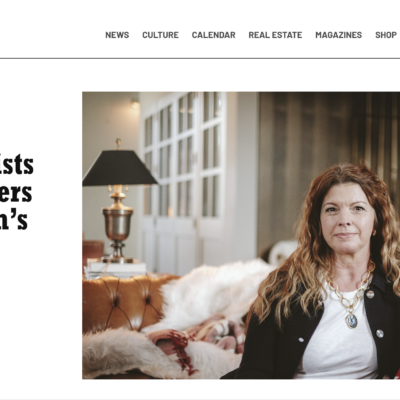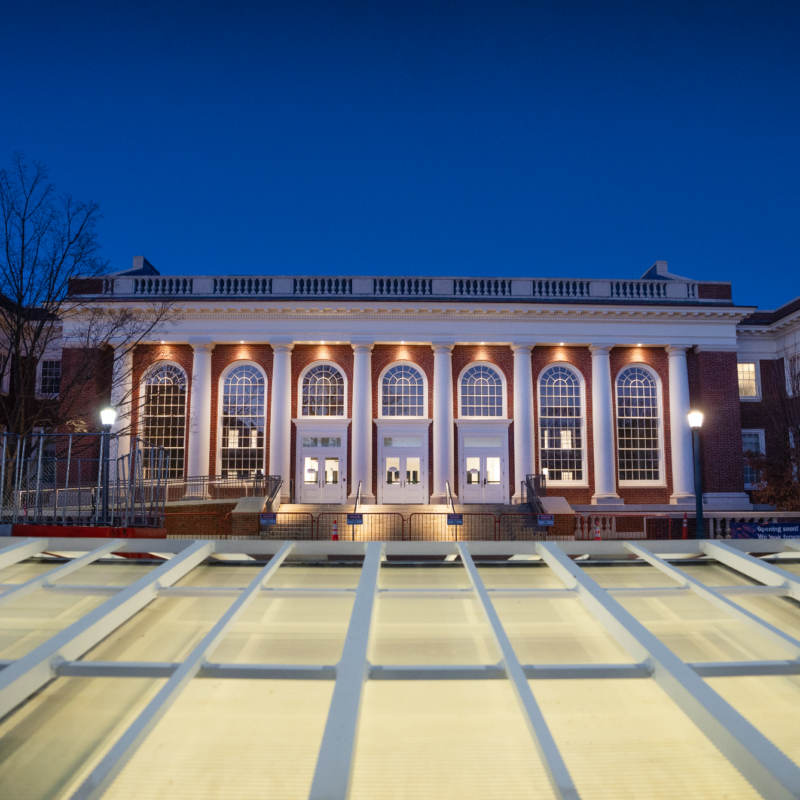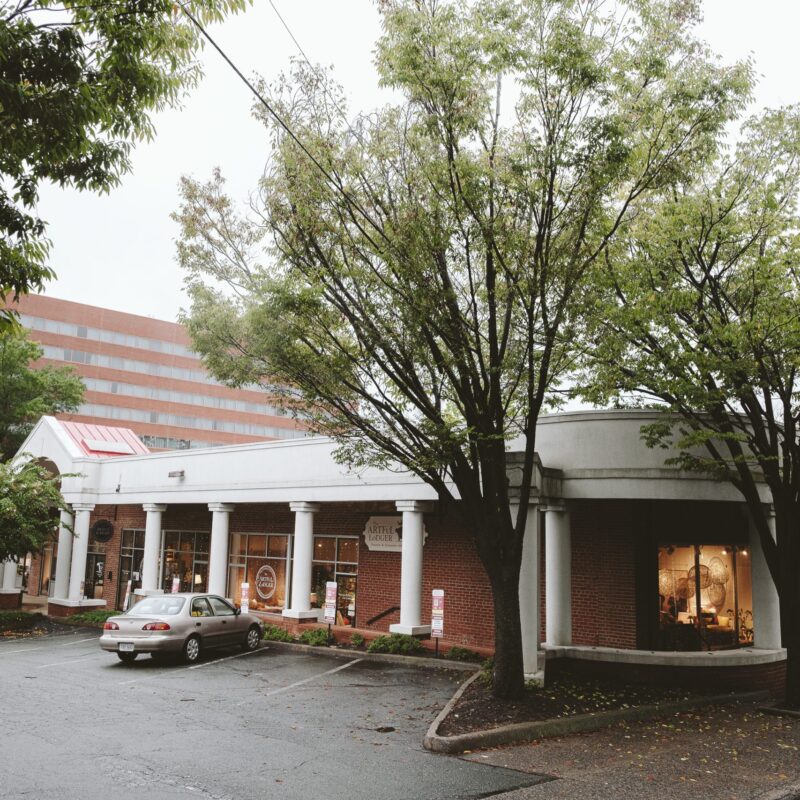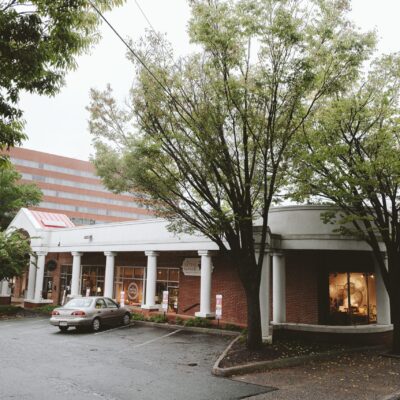More feature articles Candid camera Dwindling supply |
The first picture of Mary Ellen Mark’s I remember seeing is one of her most famous. It shows the Damm family—a sometimes-homeless clan—during a period in 1987 when they were living in their car. The parents assume a pose that’s a weirdly fascinating mixture of tenderness, defiance and hopelessness; their two children, though quite young, stare through faces already clouded by harsh experience.
 "Tiny" in her Halloween Costume, Seattle, Washington 1983 |
That was a searing image for a viewer not much older than those kids in the back of the car, and it carries Mark’s signature combination of documentary and portraiture—people standing for some larger social condition and, also, just being people. As an adult, my understanding of the Damm image is deepened by knowing that Mark didn’t just stumble across this family, capture them in her lens to illustrate an idea of homelessness, then leave them behind; she has had a long-term relationship with them, including another group of pictures she made in 1994 when they were squatting on a ranch in the California desert.
 The Damm Family in Their Car, Los Angeles, California 1987 |
Mark in CharlottesvilleAs part of the Festival of the Photograph, Mary Ellen Mark will be one of three headlining artists (the others are Joel-Peter Witkin and James Nachtwey). Learn more about her at these festival events: INsight conversation with NPR’s Alex Chadwick Exhibition of prom photos Screening of two films by Martin Bell, Mark’s husband and collaborator Alexander: Extraordinary Child and Twins |
“I’ve done it because I’ve wanted a particular lifestyle seen,” Mark says of her social documentary projects. Since she began her career in the mid-1960s, fresh from a Fulbright fellowship to photograph in Turkey, she’s pursued the most difficult subject matter, often at the fringes of society: teenage prostitutes in Bombay, street kids in Seattle, a women’s mental ward in Oregon. Happier moments are part of her oeuvre too, but they often seem tinged with darkness. It’s a well-traveled road in contemporary photography, so it can be easy to forget that Mark is one of the pioneers of the now-ubiquitous style that draws out a subject’s underlying strangeness.
Born in 1940 in Philadelphia, Mark has had a four-decade career as a photojournalist. She’s published in major magazines like LIFE and The New York Times Magazine and has 16 books to her credit. She’s exhibited worldwide and was voted most influential woman photographer of all time by the readers of American Photo.
 Hippopotamus and Performer. Great Rayman Circus, Madras, India 1989 |





